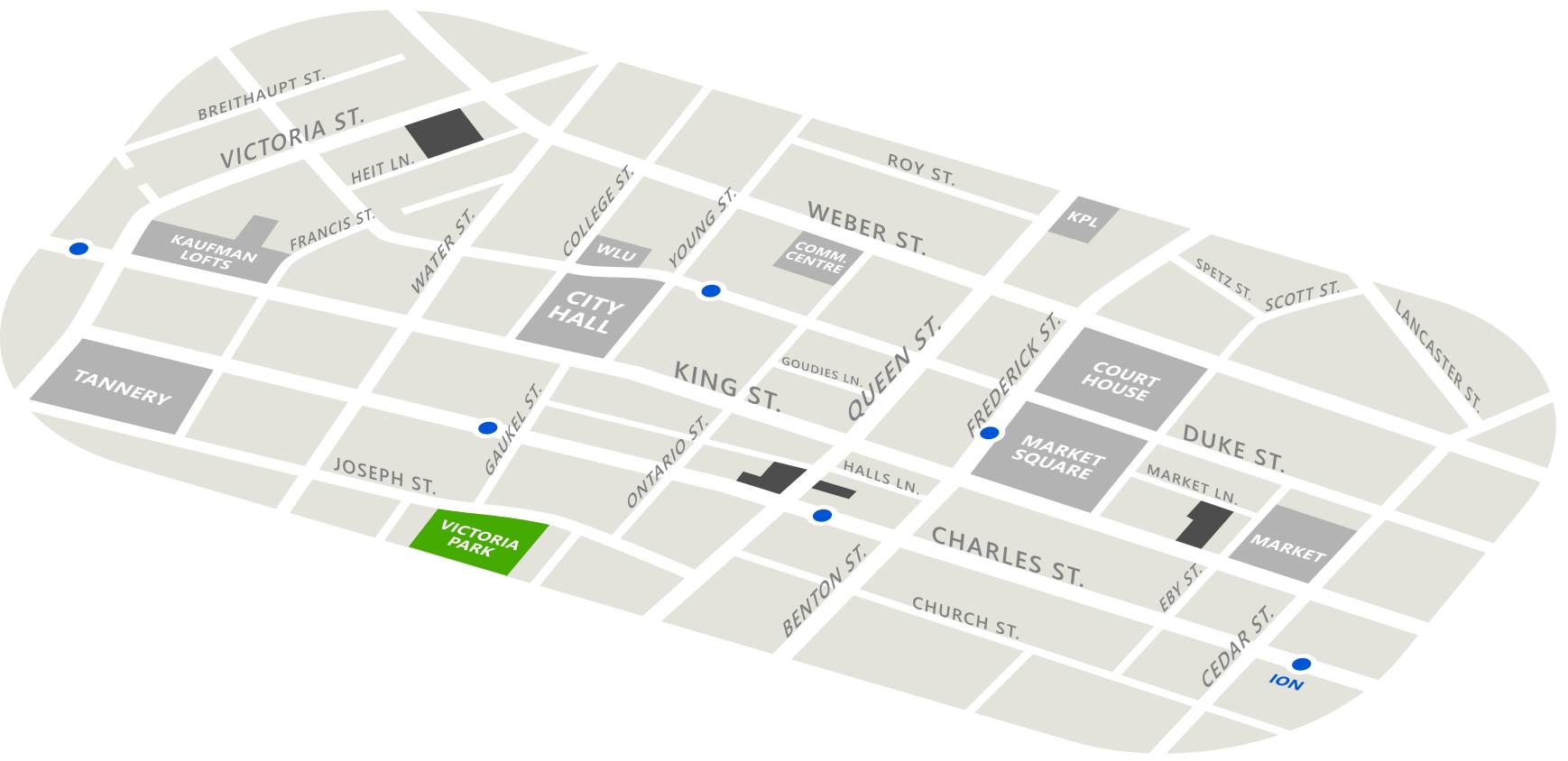By Stephanie Mancini
Published September 2025
Hope is a choice. Hope is a disciplined and spiritual practice that sustains our work.
These do not feel like hopeful times as we witness the despair of people living without shelter or housing, as we receive the growing anxiety of people looking for work in a tightening labour market, as we witness the tightening of funding options and increasing administrative burdens.
In our Job Search Resource Centre we witness the pressures faced by people looking for work in order to sustain their families and hold on to their housing. It used to be that social income supported people in difficult times, but Ontario Works is no longer enough to even pay the rent. Joe’s article highlights the changes in work since the 1980s, changes we see daily as we work side-by-side with people searching for work. As opportunities tighten, finding entry level work becomes even more challenging for recent immigrants or refugees, many of whom are people of the global majority whose first language is not English, complicated by employers wary of the ongoing trade disruptions.
The issues of homelessness grow more complex in our community. The teams on the ground are working to respond to a person-at-a-time, but there are not enough suitable housing/shelter options for the people we are seeing. This leaves many people on the street, without hope and without options as we head into the winter months.
We see people so excluded they feel they no longer have anything to lose. Our health teams are exhausted by the growing numbers of people needing care as people experience inadequate and unsanitary living situations, serious wounds and growing unwellness. Our Outreach teams are frustrated by the lack of resources they can offer people. We stand present with people, problem-solving solutions but it comes harder to resolve the main core issue of where to find housing or shelter.
The housing solutions are complex. The Working Centre has custom built, a community supported housing option at 97 Victoria and we are so excited to welcome 44 people to this new space. We are determinedly working to find operating funding for this purpose-built housing that sits available right across the street from our largest encampment at 100 Victoria Street.
97 Victoria is a place of belonging as people will make it their home. Located in the heart of the St John’s Kitchen community are 44 units of housing that will offer a chance to build and maintain housing and personal stability. Together with each resident, we will strive for inclusion, independence and individualized support plans, in a manner that engages strengths and reinforces each person’s ability to strive for stability and/or change. This begins with promoting community presence, community participation, capacity and respect.
While we stand witness to the harsh realities before us, we walk forward with determined hope into this fall as we continue to stand with people and search out possibilities a person-at-a-time. As we move into our beautiful new St. John’s Kitchen space, the new housing is ready for occupancy, and we welcome all of you who stand with us in holding this hope, to join us for the tours and open houses we have set for the third week of September.
Across the Working Centre, we welcome committed volunteers in our projects and spaces. Volunteers help us to extend welcome as the complexities grow, helping us build community resilience and care.
Hope continues to be our choice.
